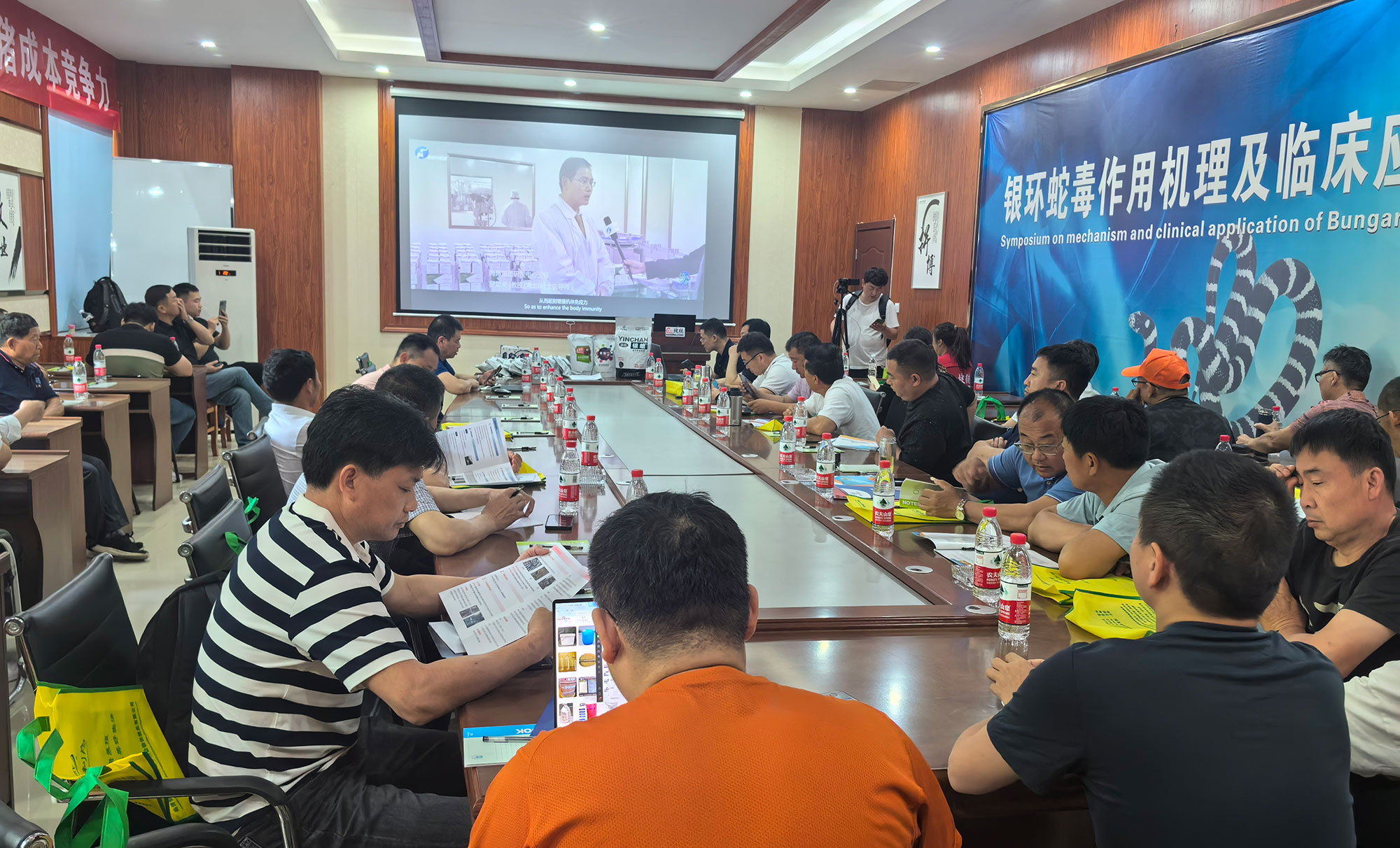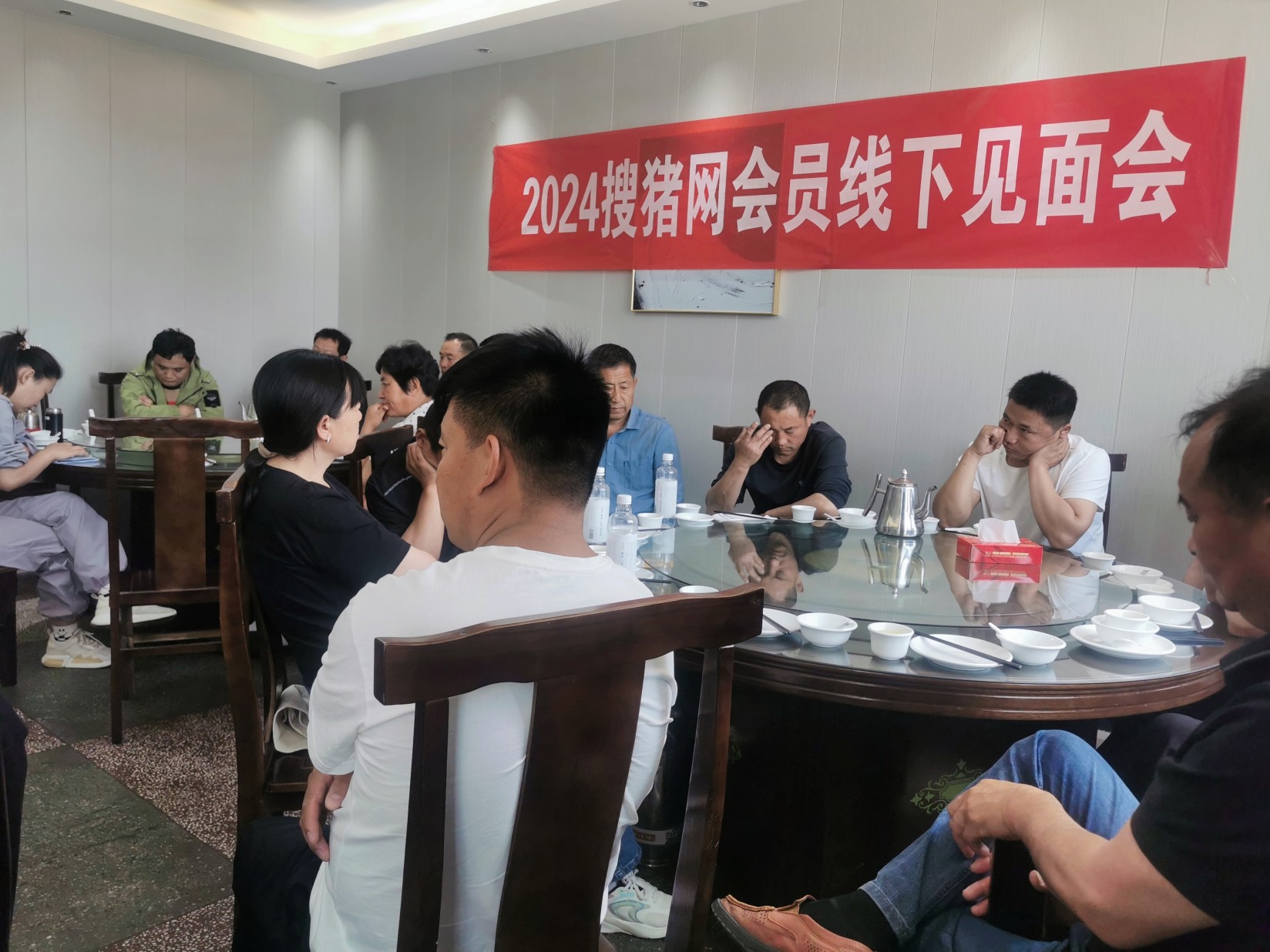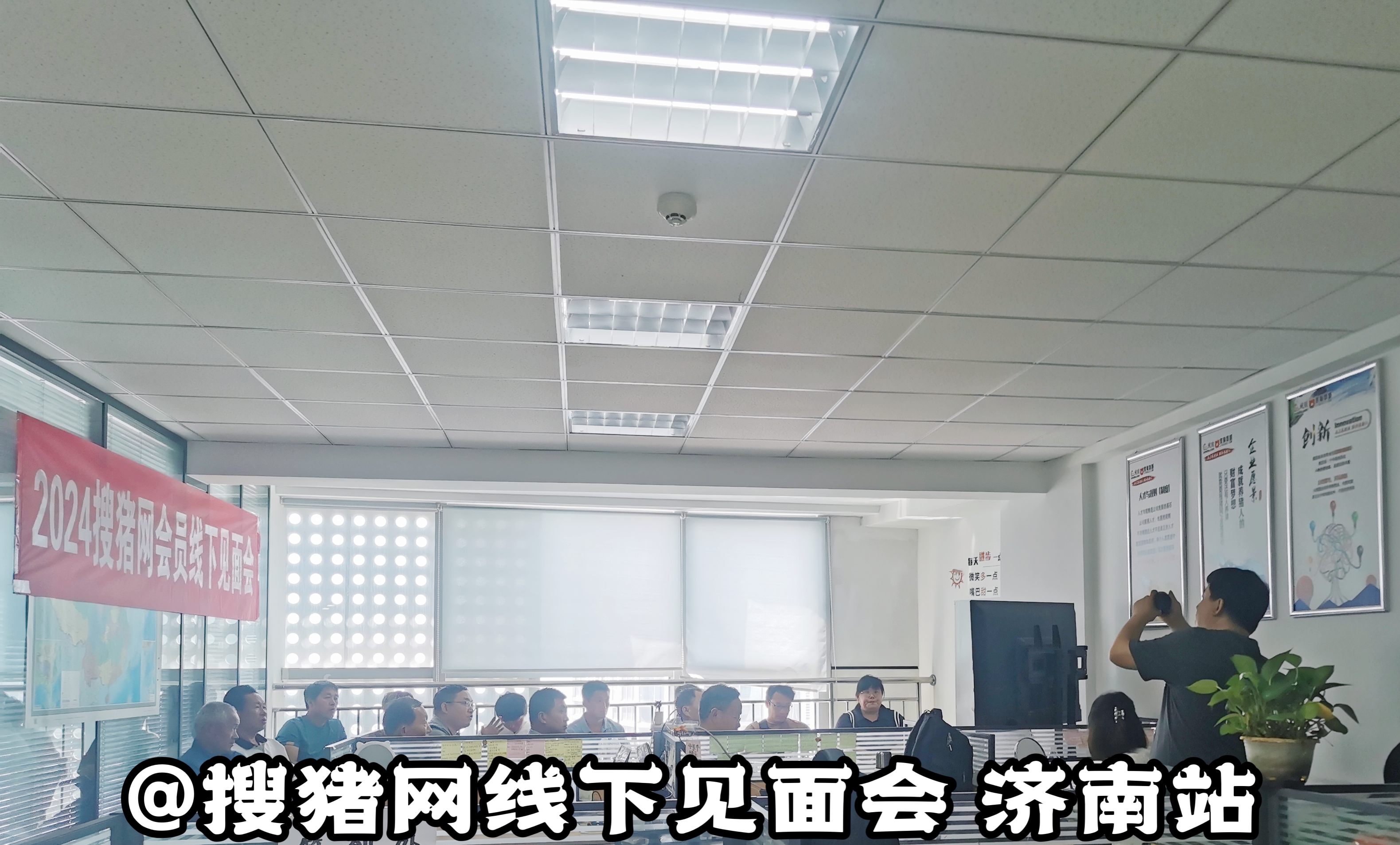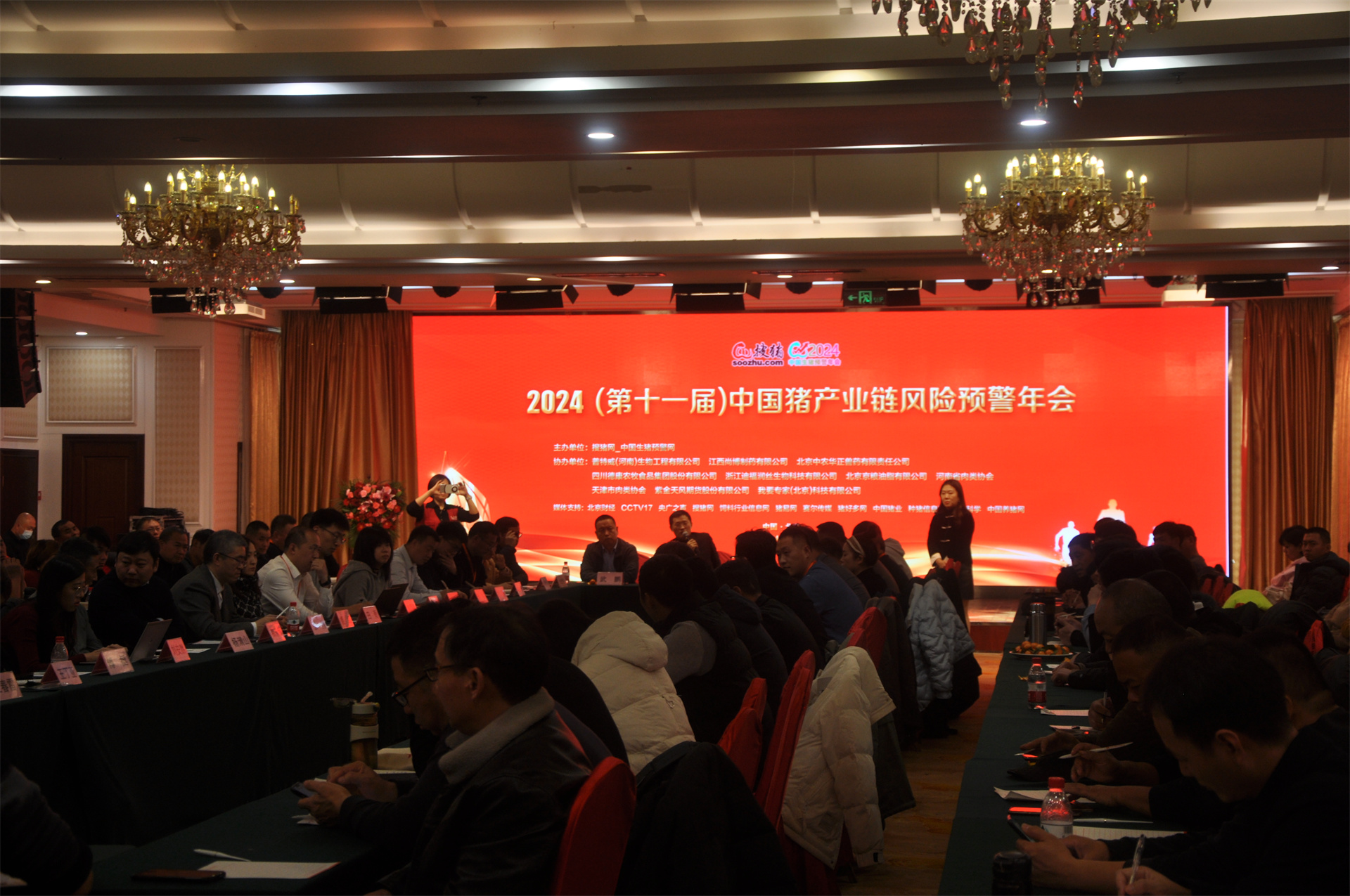The benefits of all-in, all-out systems have been well-documented in terms of health and biosecurity. However, there are downsides in terms of practical and economic management.The potential negative effect on profitability of introducing disease onto pig farms means that all-in, all-out systems have grown in popularity. This is particularly the case following outbreaks of porcine epidemic diarrhea (PED) virus, African swine fever and other highly infectious diseases, which continue to blight the industry. However, the disadvantages of such systems need to be considered -- all-in, all-out may not suit everyone. To borrow a poultry analogy, "having all your eggs in one basket" in terms of large batches of pigs may not make economic sense for all producers. Similarly, the practicalities of all pigs going through the cycle together, on smaller farms, is not necessarily viable.
美国all-in, all-out系统已经有确凿的证据表明其对生物健康和安全的好处。然而在实际管理和经济管理方面还是有缺点的。all-in, all-out系统已经越来越流行,但是会把疾病引到养猪场中,也存在对盈利能力的潜在的负面影响,。尤其猪流行性腹泻(PED) 这样的病毒爆发后,非洲猪瘟和其他高传染性疾病,继续侵袭猪业。然而,这样的系统需要考虑的缺点——全进,全面可能不适合每一个人。借用一个家禽的类比,“把所有鸡蛋放在一个篮子里”,大批量的猪可能不会对所有生产者都具有经济意义。同样,所有的猪一起经历相同周期,在较小的农场里,未必是可行的。
(审核编辑: 搜猪网翻译官)






















